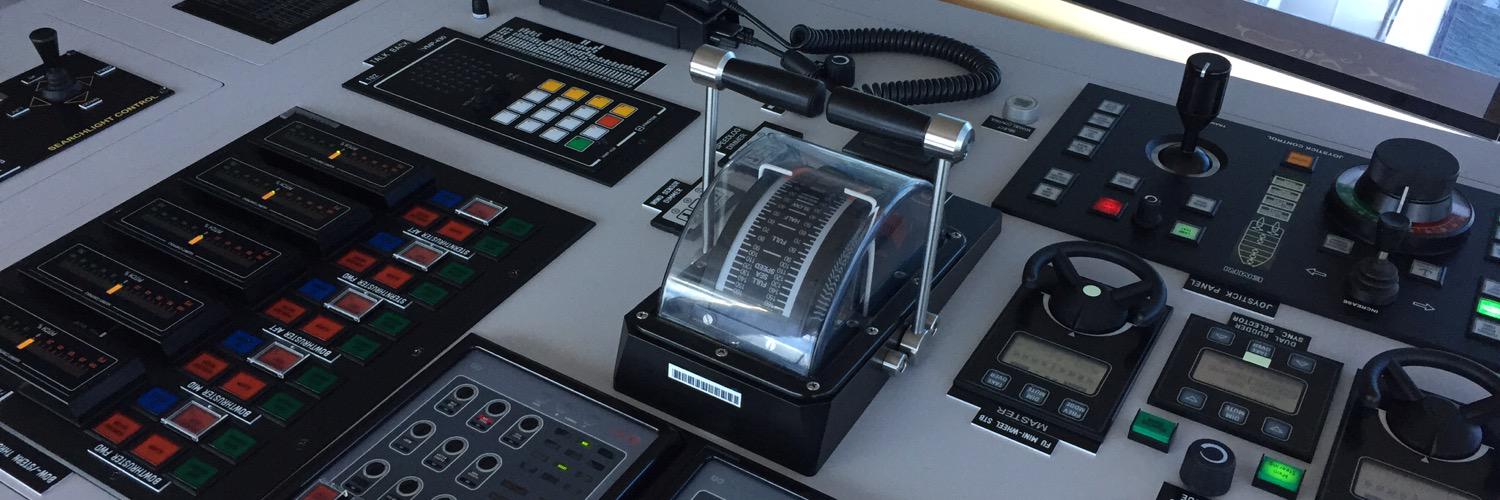It was about 1600°C (2912°F). The blast of heat coming from the glass furnace was insufferable. My brother and I were inches away from the pool of glowing hot molten glass behind layers of firebricks. A small “viewport” had been opened by the operator to inspect the glass. Bright orange and yellow light accompanied the blast of heat pouring from the opening. The operator explained the process of adding ingredients to improve the clarity and durability of the glass. The challenge, she told us, was that these additives needed the operators to do this with precision and consistency to ensure the quality of the final product. Currently, it was a manual task with handwritten logs that plant managers would use to ensure production quality. The process was prone to human error and omissions. They were asking, could there be a better way?
My brother had just started at the plant, working on HVAC and industrial electrical equipment. He couldn’t help but think that some of the new computer technology we were playing with could be easily adapter to address their problem. I was still in high school, but we had been working together in the garage after hours on small electronic and programming projects. This could be a new one. We went right to work on designing a system that could sense the number of additives introduced to the furnace by the operators. We decided to use the built-in “game port” on the then popular IBM PC system. That’s right, a game port! The creative adaptation made sense because it had a basic set of digital and analog joystick inputs we needed. My brother built the electronic sensors, and I wrote the device driver for the game port and the software for logging and graphing the results. We even had the system produce a replica of the manual log via a dot matrix printer. A few weeks later and after some testing, we were sure we had a working system. My brother gave a demo to the factory operators and managers, and they wanted it installed right away.
“You just changed our lives!” The operators were delighted. They hated the manual logs. This new system let them focus more on improving the glass quality and less on doing the paperwork. Even the manager now had real-time visibility into the production process. It was a big success. In fact, that same system was in operation for half a decade, all the way up until that Kerr Glass plant closed and was relocated after being acquired by Ball Corp. If you ever used Kerr or Ball glass canning jars, there is a chance the glass that was used to make it was managed by the IBM PC game port solution we built. My brother and I would often laugh about how that old IBM PC was cranking out glass jars… very much like a game.
A big part of our role as engineers is to apply new technologies to business processes, to improve quality, speed, security, and even human happiness. Just like the experience of those plant operators, the application of new automation can bring much needed relief and joy to otherwise mundane processes. I believe we are sitting on the edge of yet another wave of innovation. AI solutions are poised to help relieve even more tedious and labor-intensive processes. As technologist, computer scientist and engineers, it is our role to help discover those opportunities and integrate those solutions into our businesses. We are about to see an explosion of new industry, an evolution of professions, and a rewiring of enterprises influenced by this new AI Industrial Revolution. It is exciting times! And I believe, as technical creatives, we are well poised to help integrate and wield this new digital magic to unlock greater value, new possibilities, and improved ways of working, for Disney, and beyond.
Are you ready? Get busy learning this new science. We should always be experimenting and learning but specifically, now is the time to start understanding, studying, and using these new AI tools. Be proactive. Explore areas where this tech can take us to the next level. Be creative. Let’s start to integrate and responsibly craft these new assistants into every part of our business. I have a feeling that we can help change a lot of lives… and for the better! Are you game?

